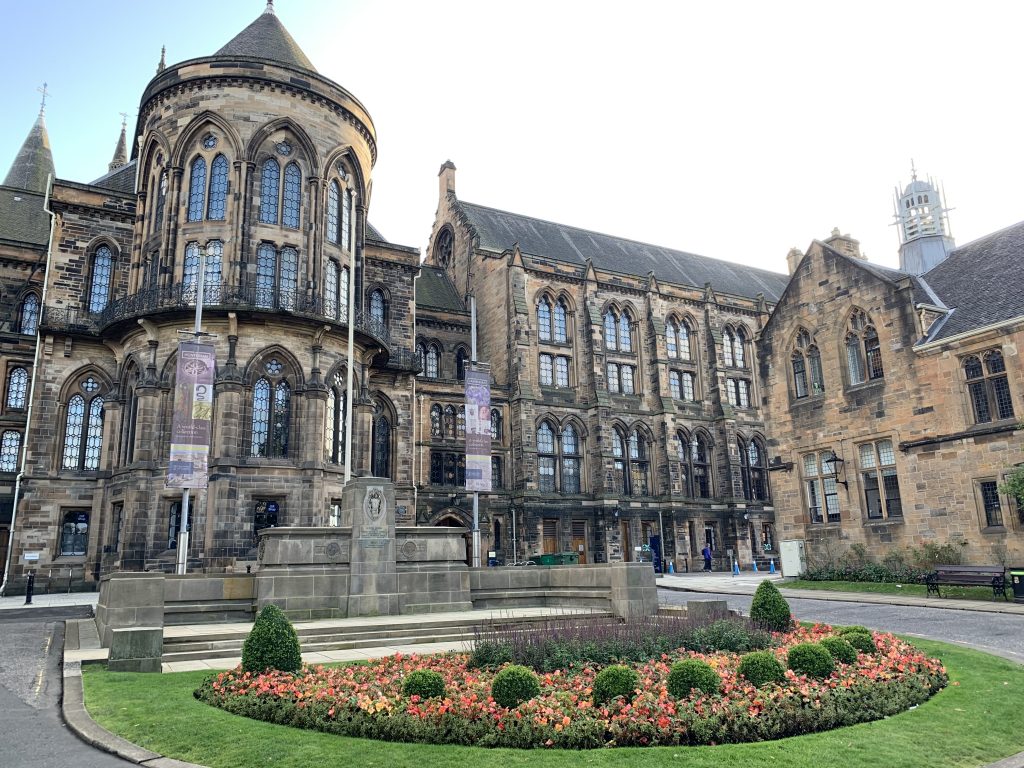W. Kymlicka (1995), ‘The politics of Multiculturalism’
Kymlicka, W. (1995) ‘The Politics of Multiculturalism’, in W. Kymlicka, Multicultural Citizenship, Oxford, OUP, 10-33.
- Two broad patterns of diversity: national minorities: aim for autonomy, ie. survival as distinct societies and (immigrant) ethnic groups: aim for accommodation, ie wish to integrate into the larger society.
- Patriotism: sense of allegiance to a state, # from nationalism: sense of belonging to a national group.
- Immigrants have no ‘specific homelands’ in host state: they reject assimilation but do not want to build a parallel society, as many national minorities do.
- Colonization is different from immigration: goal is to create ‘an institutionally complete society’ (15).
- Cultural pluralism: multinational and polyethnic. Canada recognizes it is both.
- National membership is not racial, but cultural – should be open in theory to anyone wishing to integrate and participate in it.
- Universal protection of individual civil and political rights (liberal) vs. group-specific rights: ‘differentiated citizenship’ (I. Young, 1989)
- Three forms of group-differentiated rights:
- Self-government rights: limited recognition in international law; federalism is an accommodation option: challenge of asymmetrical federalism’ (Canada/Quebec); non-territorial autonomy (NTA) is more complex.
- Polyethnic rights: aim to toot out discrimination and prejudice – public funding for cultural activities, exemption from some laws on religious grounds, as well as promote integration into larger society.
- Special representation rights: democratic representative institutions are unrepresentative: fail to reflect diversity of population: reserved seats, quotas.
- These are ideal types: in reality, they often overlap.
The NATO Challenge
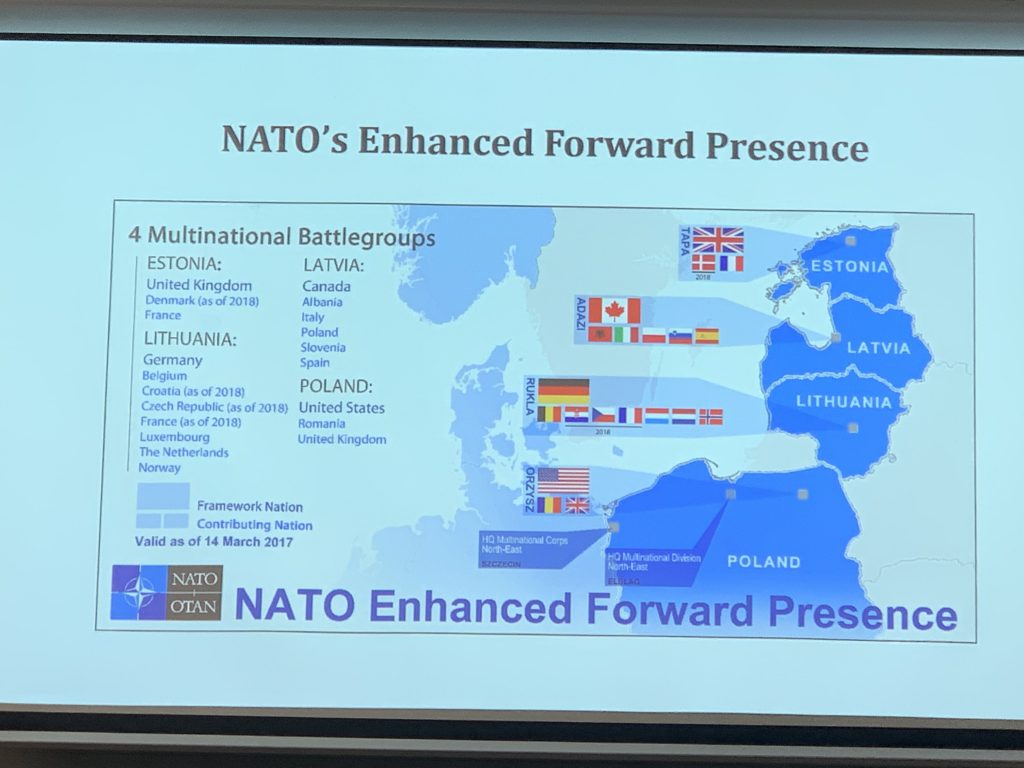
Middle Eastern Adventures
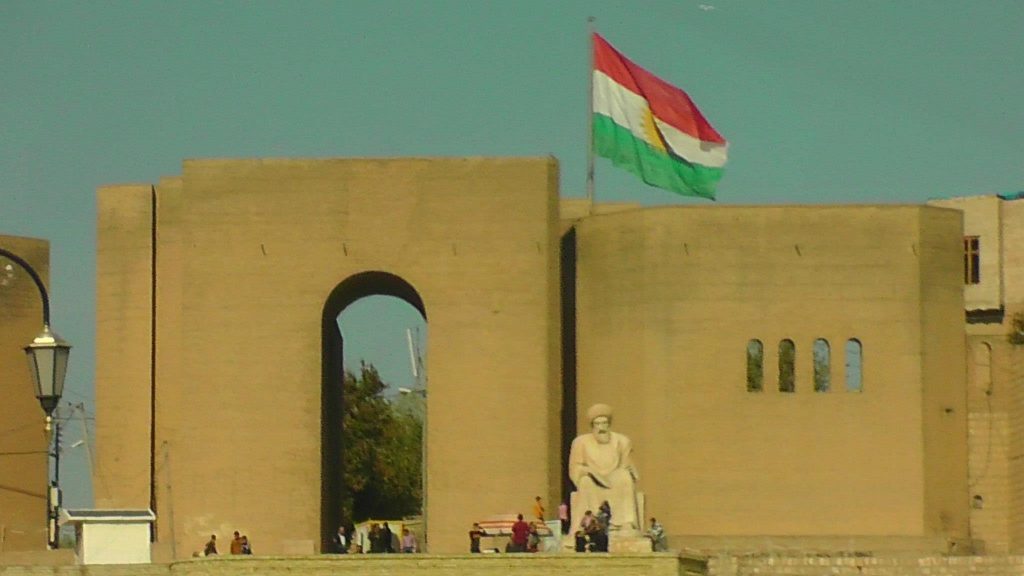
The American Dream
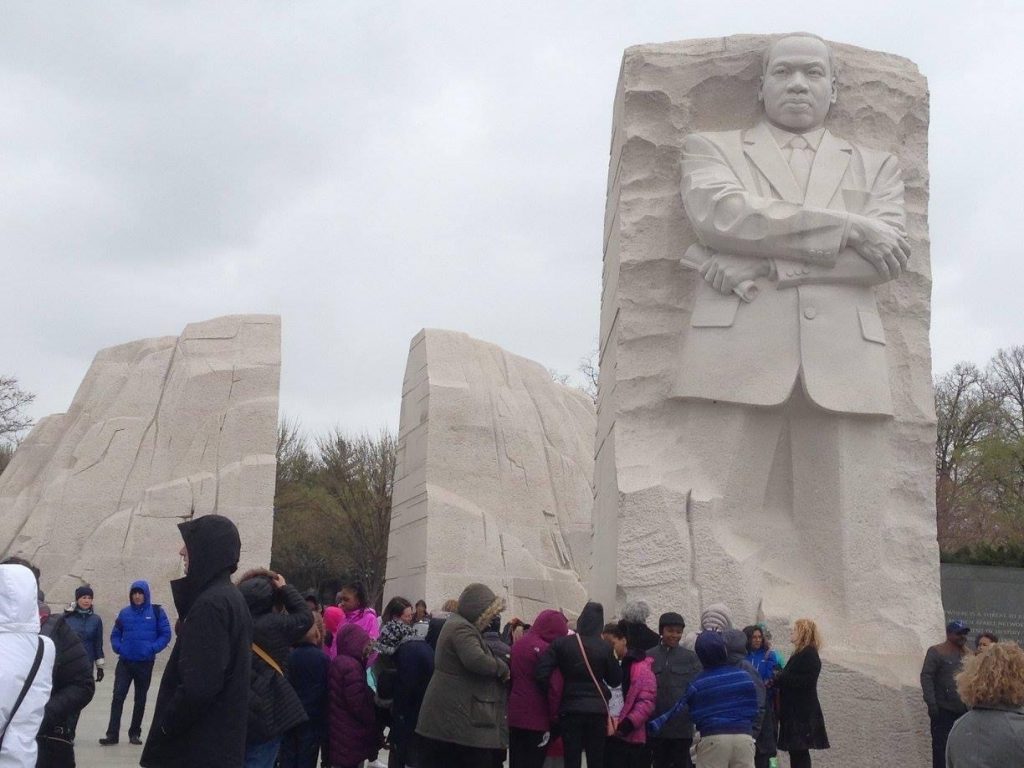
London Calling…

The Romanian Connection
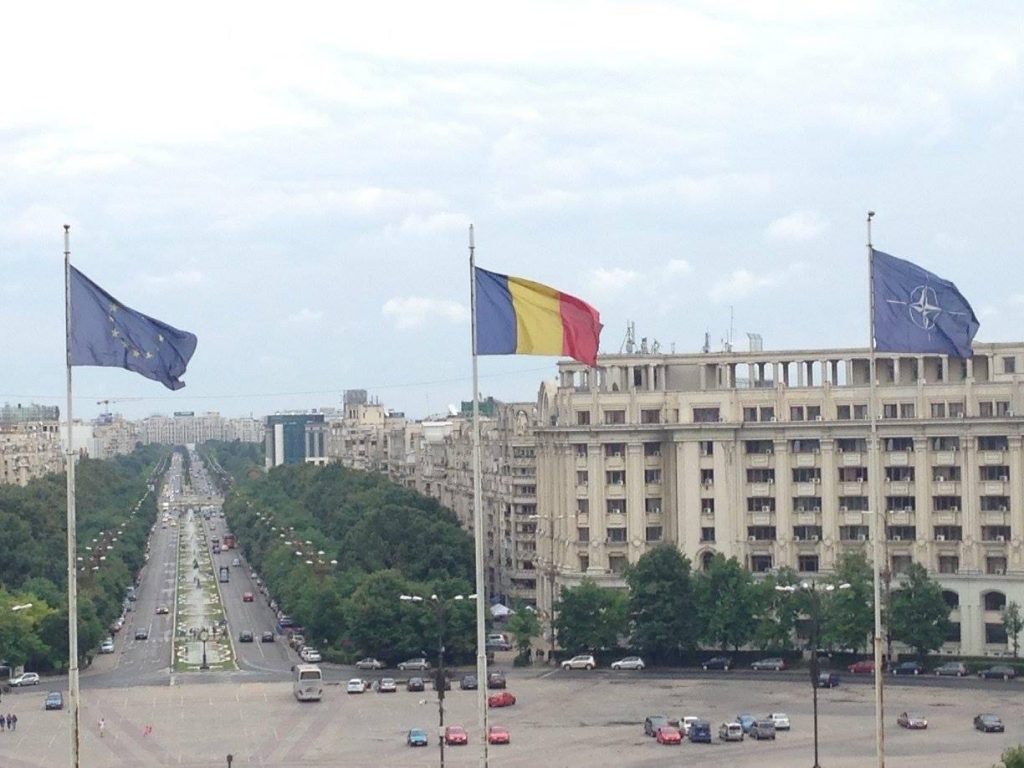
From Kingston to Glasgow and back again…
